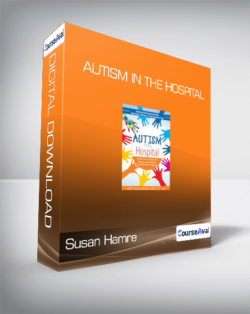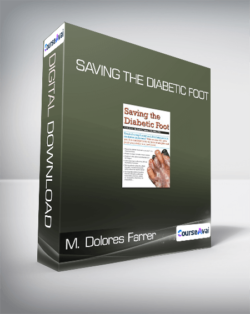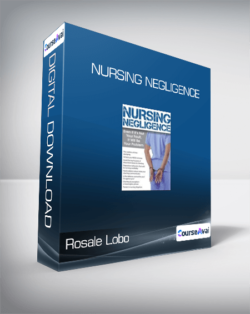Whether the medical appointment is scheduled or it’s a trip to the emergency room the hospital can be a sensory minefield for someone with autism causing them to spiral toward a terrifying meltdown. Sedation and four-point restraint are not practical solutions.Purchase Susan Hamre – Autism in the Hospital courses at here with PRICE $219 $60Susan Hamre – Autism in the HospitalSensory Integration ChallengesStimulation dysregulation (hypo/hyper)Seeking/avoiding/bothProcessing functionsMay not process nor perceive painCommon triggers within the hospital/ER environmentYour hospital/ER as a ‘sensory minefield’Sensory StrategiesPatient passport with sensory triggers listedQuickly create ASD friendly environmentAllow sensory needs to occur to prevent a meltdownHow to avoid most common sensory triggersHospital equipment to help support sensory needsSocial / Communication ChallengesSocial interaction holds the ‘key’… or notLiteral translation of spoken languageWhen they are non-verbal or unable to read body languageDelayed auditory processingImpact of anxiety on communicationNon-compliance and verbally offensiveSocial/Communication StrategiesCommunication cards, checklists and Apps as visual supportsSocial stories to break down hospital proceduresTheir interests or repetitive behaviors to generate your ‘connection’Make allowances for family to be nearbyBehavior ChallengesNoting functions of behaviorMay bolt/escape/elopeAggression occurs as anxiety increasesMight resist restraintAnxiety may increase when transport is needed intolerant of transitions in generalLikely to be resisting lack of known/familiar routineAttempt to pull out lines, pull off bandages, etc.Refuse medicationBehavioral Management StrategiesIs it a meltdown or tantrum?Know the child’s triggersPlan ahead to avoid triggersSpecific calming techniquesWhat to do when a meltdown occursNavigating ER triage, routine hospital visits, labs and testsVisual schedules for what is going to be happeningStrategies for loud noises and being touchedVisual timetables and timers for transitions/ changesMotivation and reward systems that workWhat you need to know about non-sensory triggers‘Stimming’ as a calming techniqueWould you like to receive Susan Hamre – Autism in the Hospital ?:Get Susan Hamre – Autism in the Hospital downloadSensory, communication and behavioral challenges that impact successful medical treatmentStrategies for ER triage, routine hospital visits, surgery and moreRoadmap for treating a non-verbal, non-responsive individual with autism‘Stimming’ behaviors as a strategySubtle sign of less obvious ASDDo you know how to give medical attention to a patient with autism who:Can’t answer your questions or identify levels of pain?Refuses to have blood drawn, give urine a sample, do dialysis or CT/MRI scan?Attempts to pull out lines or pull off bandages?Fights you off with piercing screaming and flapping of the arms?Can’t tolerate your touch and or make eye contact with you?Won’t stop running out of the treatment room?Refuses medication?Whether the medical appointment is scheduled or it’s a trip to the emergency room the hospital can be a sensory minefield for someone with autism causing them to spiral toward a terrifying meltdown. Sedation and four-point restraint are not practical solutions.Your connection to your autism patient will depend upon how quickly you can move into their world. Through case examples, videos and lively class discussion you will walk away with practical strategies for successful medical treatment of an individual with autism, such as:Hospital/EMT equipment to help support sensory needsOvercoming the most common sensory triggersCommunication cards, checklists and Apps as visual supportsSocial stories to break down hospital/EMT proceduresNavigate ER triage, routine hospital visits, labs and testsWhat to do when a meltdown occursCalming techniquesGet Susan Hamre – Autism in the Hospital downloadPurchase Susan Hamre – Autism in the Hospital courses at here with PRICE $219 $60
Susan Hamre – Autism in the Hospital
₹9,960.00








